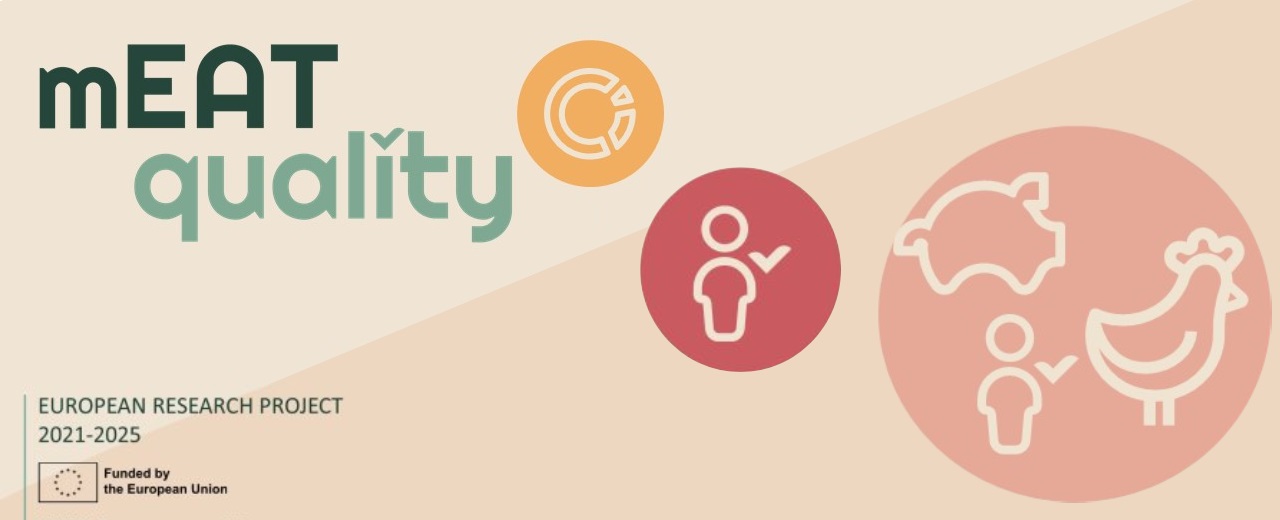Farming effects on meat quality
Is it justified to expect better quality meat when the animals reared have benefited from greater animal welfare? When they have more square meters at their disposal? When they have free access to food? When they can roam freely? The mEATquality research team will busy itself with this subject by collecting relevant data from the field. The researchers will gather information on conventional, biological and free-range farms, and combine this data with consumer expectations. The team will also conduct controlled experiments and develop assessment technology for determining quality automatically. Finally, full traceability of the meat’s origin will also be a goal.
Taste affected
Hans Spoolder says: “We want to find out whether extensive and intensive farming methods of pigs and chickens result in different meat tastes. Does it affect the taste when animals are fed differently or when they can walk around freely?” Johan Meulendijks explains, “Marel’s role in the project will be crucial, because we can measure a lot of parameters once the chicken have arrived at the processing plant. I’m thinking particularly of characteristics, which directly or indirectly impact meat quality and that keep on coming back at all stages in the process. Water binding capacity is a good example. Eventually, we expect to be able to associate the way the chicken has been raised with the consumer’s experience of juicy, tasty meat without fatty overtones.”





